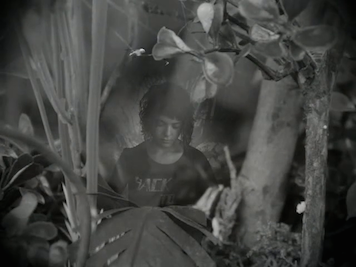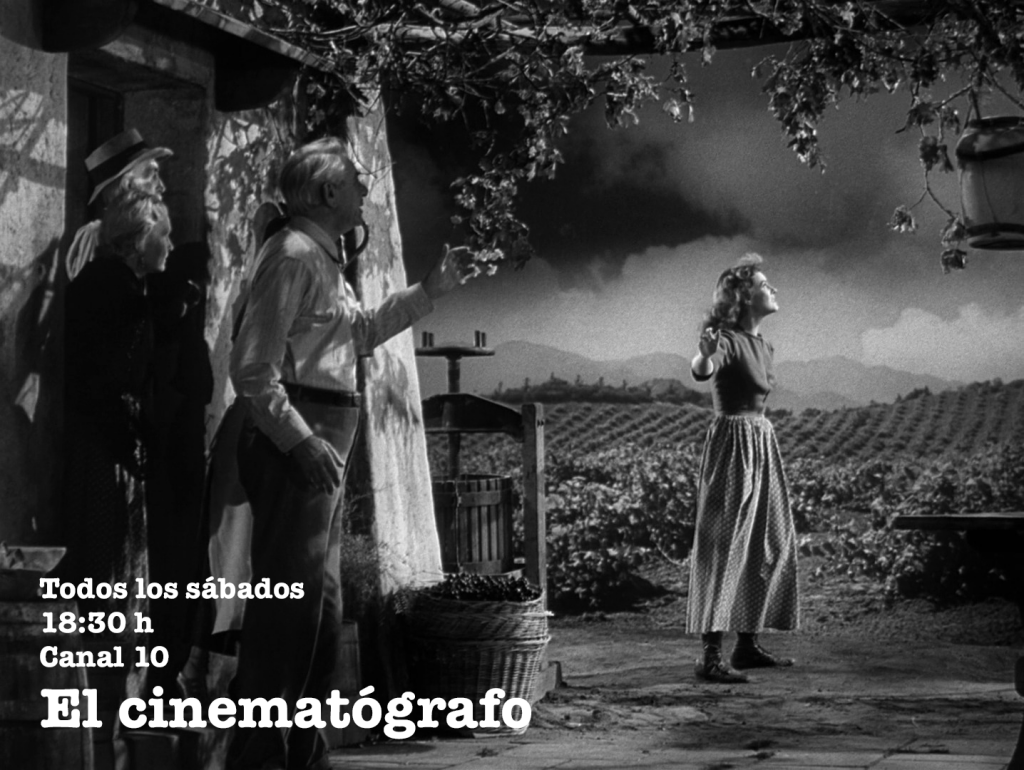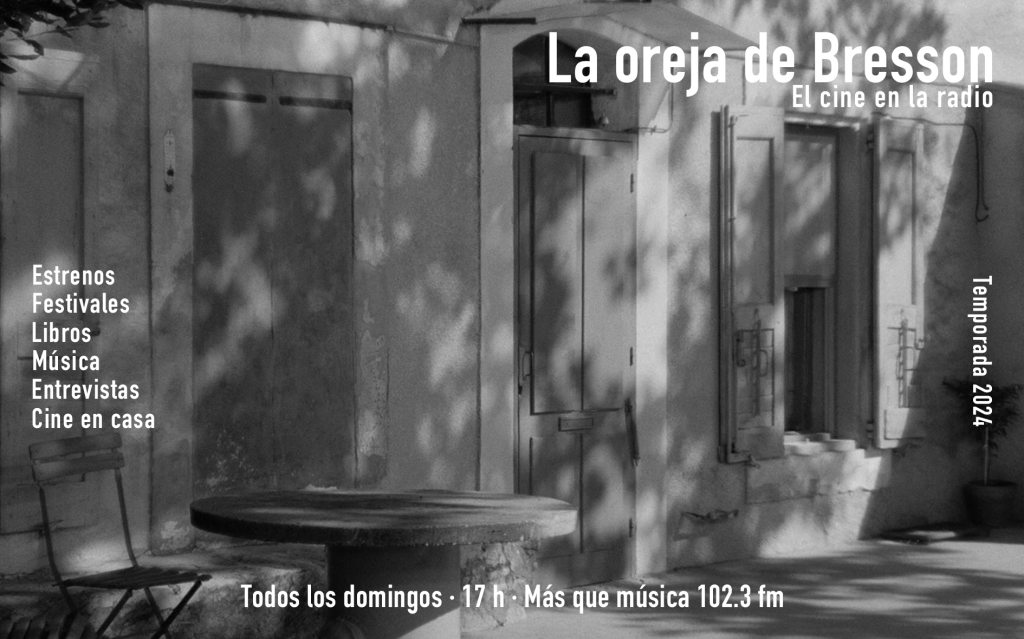
FILMFEST HAMBURG 2014 (01): REINVENTING CINEMA
By Roger Koza
Favula is one of the most beautiful and singular film in the last years. Who could have filmed something like this not having studied cinema nor in the Moon or in Jupiter? Ituzaingó, a town not too far away from the city of Buenos Aires, and obligatory reference in all the director’s work is absent in this film, maybe because it’s original inspiration comes from an anonymous African story. So does this means his place is in an African jungle?
Let’s say Favula was shot in a country named cinema. His director, the south independent cinema’s true father, decided to reinvent himself after making over 30 movies. His two previous works were already a warning (Las pibas y P3nd3jo5, the first one a lucid portrait of the work environment’s universe, and the second one a cumbia-opera in which skaters turned into crucified ghosts by a social system that kicked them away) of Perrone’s new period. His two previous works (Las pibas y P3nd3jo5) were already a warning. P3nd3jo5 was a remarkable film, one of those movies that a filmmaker does only once in his life and then struggles to overcome it. But Perrone did not waste a minute and decided to adventure himself in an unknown land.
Two brothers, a beautiful young girl, an army man, a witch and a man that could be her husband. These characters walk around the jungle, although in certain occasions the action takes place in an inhospitable house. Nothing will happen, except one scandalous thing: the young girl will be sold. A wild economy? An indirect wink about sexual slavery’s popularity in the marginal regions in Argentina? There is something sinister, secretly grim in this world between magical and paradisiac and it has nothing to do with the menacing presence of the tiger, that appears once in a while.
The narrative minimalism and the few pronounced dialogues in an inexistent language have their counterpart in a remarkable formal maximalism: the jungle, rain and lightning’s sound are juxtaposed to a musical soundtrack, that stimulate a way of hearing, close to an enchantment; the fades between human figures and the chosen ecosystem disrupt with the habitual proportions and the natural symmetries and forward that visible order to an oneiric and mythical universe, never seen before.
Maybe it is a return to the “primitive” cinema to reencounter with the original inspiration of the old masters, who knew how to sculpt a grammar. But it is not a retro gesture or a complacent cinephile’s quote. Perrone takes over cinema’s past and history to relaunch it in the XXI Century and show that, with the ancestors’ help, the perceptive pleasure in a movie theater doesn’t necessarily suscribe to the anabolic hiperrealism of 3D.
Roger Koza / Copyleft 2014






Coincido en que es un nuevo período de Perrone, y coincido también en q ese nuevo período se inicia en el final del Tríptico, o yo diría con todo ese tríptico de 4 paneles q se cierra con Las pibas.
También creo que el Perro no se sentó y descansó como Dios después del 7mo día, cosa q podía esperarse tras P3nd3jo5, sino que se puso a trabajar de nuevo para crear un nuevo universo.
Favula, sin quererlo por supuesto, podría ser la respuesta a quienes, quizá en lo cierto, quizá no, vieron en P3nd3jo5 otro remedo retro-posmo como es Tabú de Gomes. Siendo un relato salvaje, a diferencia del de Szifrón, el perro sabe de lo que habla; sabe, como los perros de la novela ejemplar de Cervantes y como King de John Berger, por perro callejeador que es nomás.